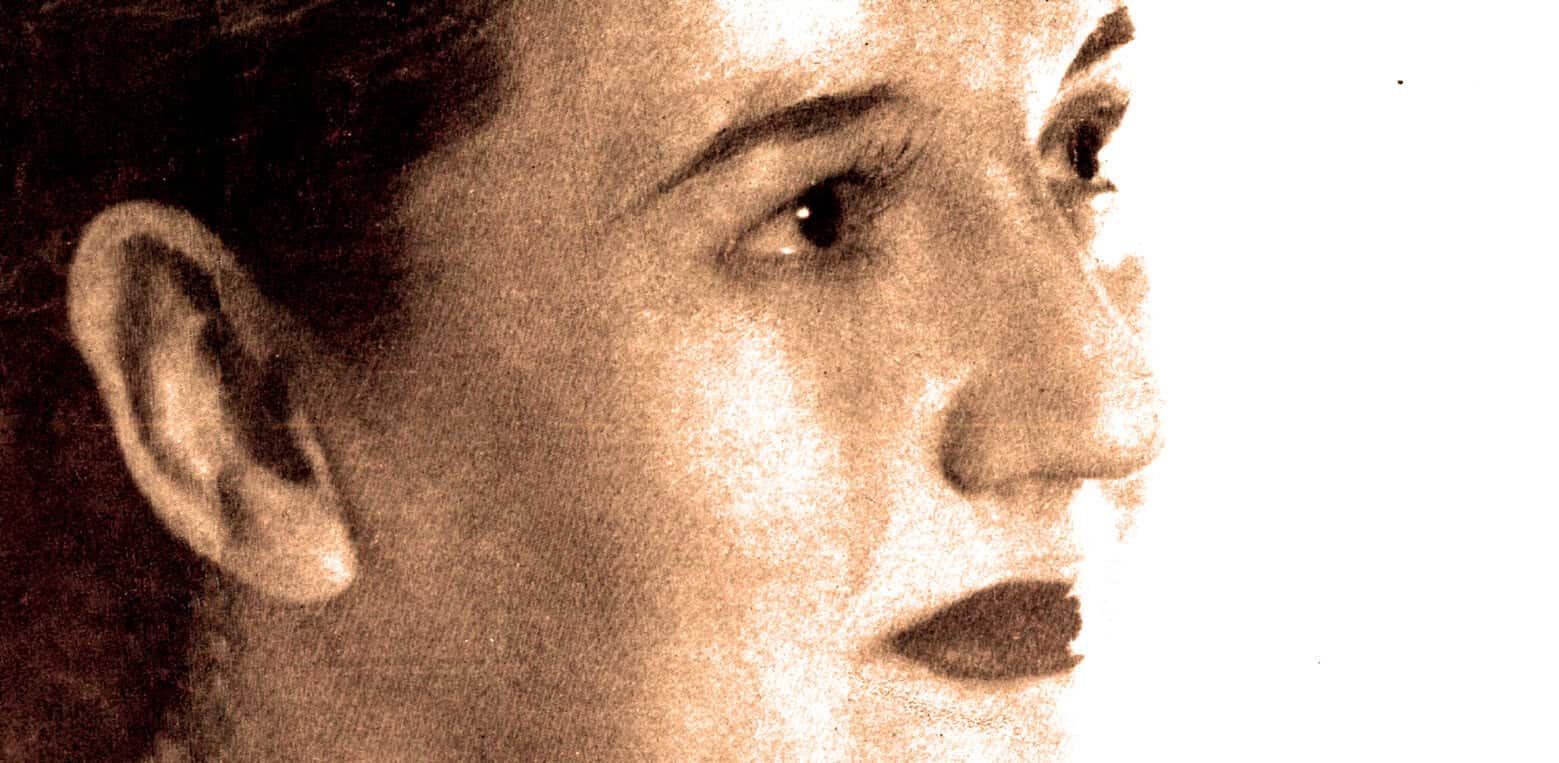
Gina Bachauer, Piano – Los Angeles Philharmonic – Vaclav Smetacek, guest Conductor – January 20, 1966
Another historic concert this week – a performance by the Los Angeles Philharmonic, guest conducted by Vacalv Smetacek and featuring the legendary Gina Bachauer playing Beethoven’s 3rd Piano Concerto.
Beginning with Mirrors (Reflections) Nine Miniatures for Large Orchestra by Miroslav Kabelec receiving its Los Angeles Premier. Followed by the Beethoven Piano Concerto and ending with a performance of Dvorak’s Symphony Number 7. It was recorded on January 20, 1966 and never broadcast and never thought to have existed.
Gina Bachauer (1913-1976) was a Greek pianist often regarded as the greatest female pianist of the 20th century. A student of Cortot and Rachmaninoff, she enjoyed a long and successful performing career, and wooed the toughest of critics with her Romantic repertoire.
Gina Bachauer was born May 21, 1913 in Athens, Greece, of German and Austrian heritage. Young Gina’s interest in piano began at age 5 after attending a concert of Emil Sauer. Afterwards, she informed her parents that she wanted to be a pianist, and they eventually consented by furnishing her with lessons from a local teacher.
During her studies, she met Sergei Rachmaninoff, from whom she received virtually the only lessons he taught after his self-imposed exile from Russia. Regarding her illustrious teachers, Mme. Bachauer said:
“[Cortot] knew Ravel and Debussy and I think that no other pianist could have given me a better undemanding of their music, of their specific sounds. On the other hand, Rachmaninov was an amazing pianist, with superb hands, and an uncanny technique. He did not attempt to teach me, he was not really a teacher. If I asked him—and this happened very often—‘How do you do that passage?’ the answer was always the same. He sat at the piano, illustrating it, and saying: ‘Like that.’ He could not explain what he wanted me to do. He would always add: ‘Don’t try to copy what I am doing. You must try again and again until you find your own way of doing it. When you will show me what you want to do with that phrase and if you can convince me, then it is right.’ He made me realize that there are several ways to interpreting the same phrase, as long as it is convincing, as long as this comes from one’s own judgement. He was very demanding and quite strict when it came to phrasing and rhythmic vitality and he wanted, above all, a complete involvement in the music.”
After the war, Mme. Bachauer traveled to London where she was introduced to orchestra conductor Alec Sherman, who engaged her as a soloist. The two eventually married, and Sherman gave up part of his career to become her manager, saying there are many conductors, but only one Gina Bachauer.
Mme. Bachauer’s London debut was at the Albert Hall in 1947, and her New York debut was at Carnegie Hall in 1950. She also gave the first solo recital, as Founding Artist, in Washington D.C.’s Kennedy Center. She maintained a demanding concert schedule, playing 110-120 concerts a year on six-month tours alternating between the USA and the rest of the world.
Václav Smetáček studied in Prague among others with Jaroslav Křička, conducting with Metod Doležil and Pavel Dědeček, musicology, aesthetics, and philosophy at Charles University, receiving his doctorate in musicology in 1933. He was the founder and member of the Prague Wind Quintet (1928), with whom he performed, composed and arranged compositions for it. From 1930 to 1933, he was a member of the Czech Philharmonic Orchestra, and from 1934 to 1943, he worked on Czech Radio as conductor and editor.[1] From 1945 to 1966 he worked as a pedagogue at the Prague Conservatory and Academy of Performing Arts in Prague.
As a conductor of the Prague Symphony Orchestra, he made several innovations. He enlarged its repertoire with the music of 20th Century and larger vocal symphonic works (including those of Rejcha, Mozart, Cherubini, Dvořák, Foerster, Martinů, Orff, Kabeláč, and Fišer). From 1938, he performed abroad. He was invited later to the many important European and overseas music centres. He primarily devoted himself to the concert music, but he also studied operas. He received many awards for his creations.
Enjoy the concert.






This is splendid, Gordon. May I ask the source of Mme. Bachauer’s description of her lessons with Rachmaninoff? I have several others but not this one and I’d like to be able to quote it with source. (Incidentally, Mme Bachauer is not the only pianist Rachmaninoff coached in this way during his post-Revolution exile. The most prominent example was/is Ruth Slenczynska–still active in her 90s–who also had lessons with both Cortot and Rachmaninoff in about the same time period as Mme Bachauer and describes the Rachmaninoff lessons very differently than Mme Bachauer. Of course, at the time Ruth was still a child, where Bachauer was a young adult on the brink of a brilliant career. Meanwhile, I’d be grateful if you could direct me to the source of the Bachauer quotation. And thank you for this! Proud to be one of your penny-ante patrons. F.
It came from her biography – here is the link: https://www.bachauer.com/about/the-life-of-gina-bachauer
Glad you enjoyed the concerts – always my pleasure!
Gordon